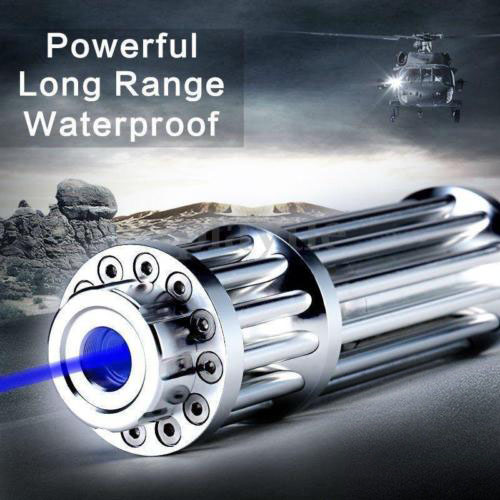The 1W laser pointer also has a lot of power from Wallis Lucy's blog
Laser quenching is a surface hardening process. It can only be used to cure iron-based materials. That is, steel and cast iron with a carbon content of more than 0.2%. In most cases, the laser beam heats the metal surface to near its melting point (900-1400 C) to solidify the workpiece. Even if it is 8 times, it may not be a problem, but if you compare the same 1mw, for example, the difference is obvious. There are more than 2W. Generally sold laser pointers are below 1mW, so the output is as high as 2000 times. Moreover, individuals can easily import at prices similar to New Year's gifts.
Don't underestimate it as a high powered laser pointer. Even a 1W laser, let alone 2W, has enough power to penetrate disposable chopsticks. Watch the video and see what happens. There are laser pointers on the market now, but do you know what diameter you will irradiate when you irradiate, for example, 2 kilometers or 5 kilometers away? For commercial use, we may use something about 100mW, but we need to adjust the focus of the laser beam to use it. This kind of laser of 1W or more is classified according to the output, and belongs to the 4th level. The red laser pointer is about 600 nanometers, and the technology is mature, it is relatively easy to make wavelengths on mature semiconductor processing equipment. The band of green laser diode laser technology is very mature, and the red laser pointer is cheap at 5mW, and the power is not low at around 530nm.
In addition, if you want to check 1km outdoors, you need to keep people out of the light path. I am totally an outsider and have not considered applying this field at all, but I would like to ask you to tell me how you think about solving this problem, purely technical, for future learning. Since it is not in a vacuum, even amateurs like me can easily imagine that even a green laser pointer with excellent straightness will be scattered by dust and water vapor and spread quite dark.


The Wall